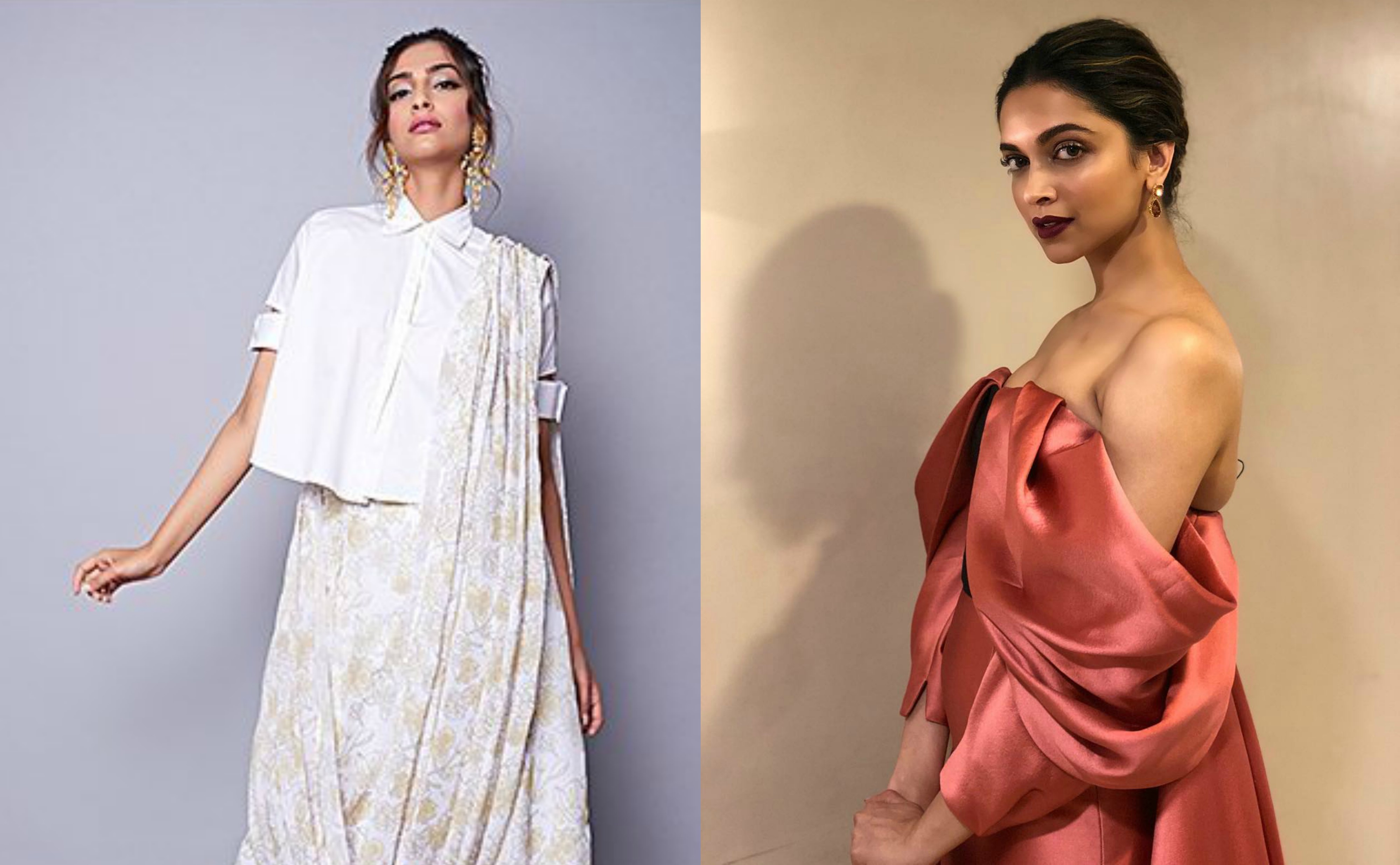Spotlight: Vaya Weaving Heritage

A love affair with the Maheshwari sari that started in the late 1980s led to a larger love of textiles and then a career in a Maheshwar non-profit for 22 years. Growing up admiring her mother’s elegance who wore a gorgeous organdie every day, meet Mira Sagar, the force behind Vaya Heritage Weaves. Excerpts from a chat:
What prompted you to launch Vaya?
It was always a dream to have a store for handwoven textiles showcasing weaves from all over the country, spanning various techniques and price points, but also contemporary enough that my daughter would also find something in the same store. Bappaditya of Bailou, Gaurang Shah and I shared a common vision about the handwoven sari — that it need not be drab and boring — and that was instrumental for the launch of Vaya. I strongly believe that if we convince the generation in the 30s age bracket to appreciate the culture, tradition and heritage that we often take for granted, we have possibly saved it for the coming 30 to 40 years making the ‘revival’ forward their responsibility.
 Having worked with weavers for more than two decades, what are some learnings?
Having worked with weavers for more than two decades, what are some learnings?
The important thing I’ve learned is to respect a weaver’s work, his or her time spent on the loom and never to bargain. It is only then that weavers are willing to improvise and produce the best quality textile. I also learned that weaving is a form of meditation and when the weaver is at peace with himself /herself, the result is an exquisite, flawless textile.
What are the challenges India faces to protect our heritage weaves?
Our biggest need is businessmen/women who understand the intricacies of handloom and what it takes to run a successful business. Another hurdle is rampant copying. So much goes into bringing out new designs, techniques and concepts which unfortunately, get copied overnight, instantly killing the market.
Which three weaves top your personal list?
Maheshwari for its simplicity of texture and design, Jamdani of Andhra, Bengal and Benares for flexibility of the technique and lightness of the textile, and Patan Patola for the richness and ease of being able to wear it anywhere, anytime.
P.S: Look up Vaya here.
Image credit: Vaya Weaving Heritage






Indians clothes are beautiful, in part thanks to the weaves. No wonder our clothes feel so good to wear; as the weaves are a result of having soaked in peace from meditation. Long live handlooms, weaves and Indian textiles!
truely agree… indian weaves are something which u desire.. they are so rich. As said above long live handlooms, weaves and indian textiles. what a way it represents rich indian culture.
Probably going to get hated for saying this…but…I’ve always associated handloom sarees with a degree of smugness of the wearer…I remember my late naani wearing handloom saari and while everyone swooned at her magnificent personality….I always saw, through a child’s eyes, how careful she was with the drapes at the cost of hugging children, carrying them around or even housework…it seems a certain level of vanity is needed to carry them. No wonder Western wear is getting popular. I’m an Indian but pride should not cloud truth!
maybe you’re tarnishing millions for the sin of one person?! By your logic, if i remember seeing a film star wearing an armani gown and exuding arrogance, then do i associate wearing Armani with arrogance?
if one individual is vain enough to avoid hugging a child for fear of creasing their sari, they will have a similar attitude while wearing a pair of jeans as well!!